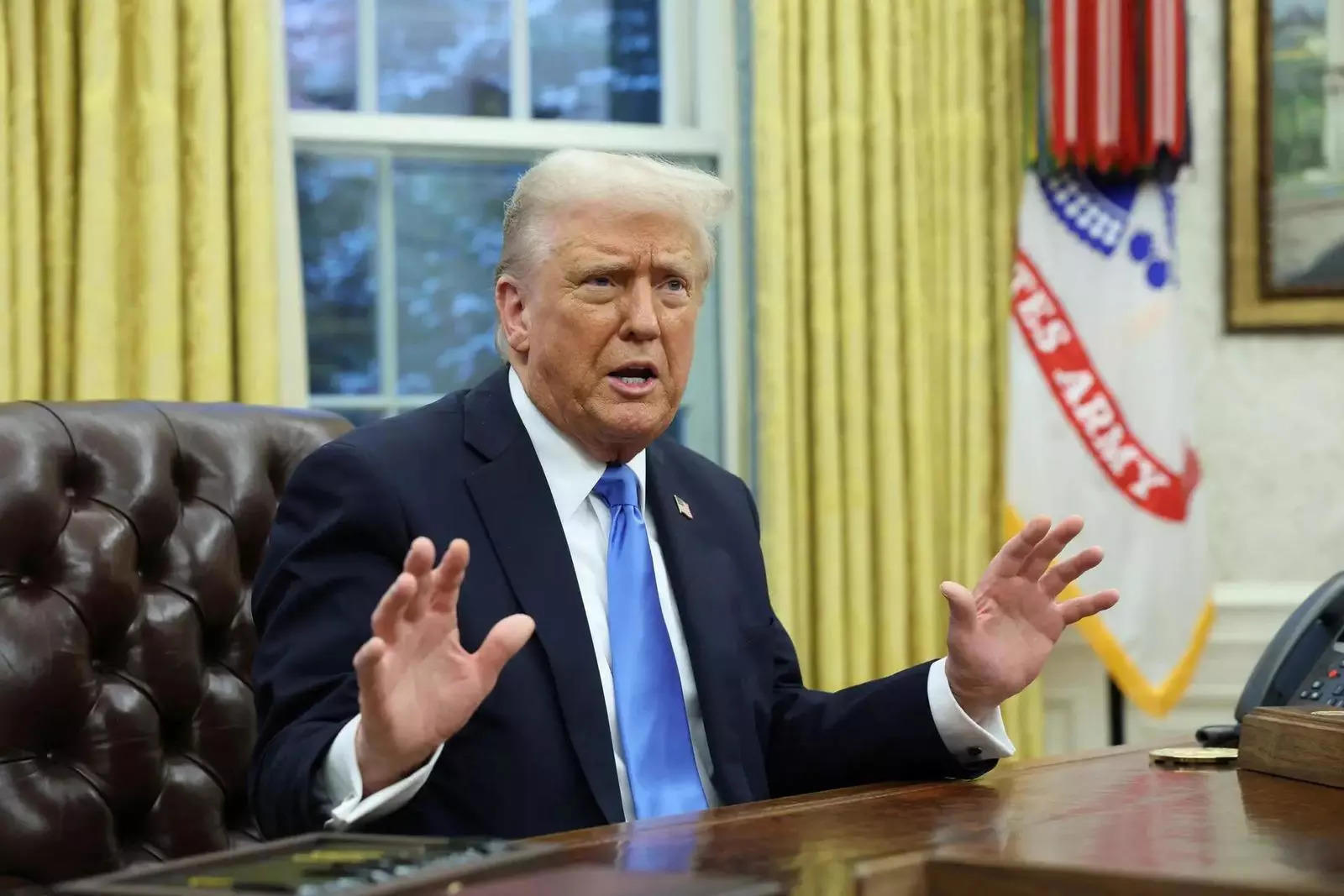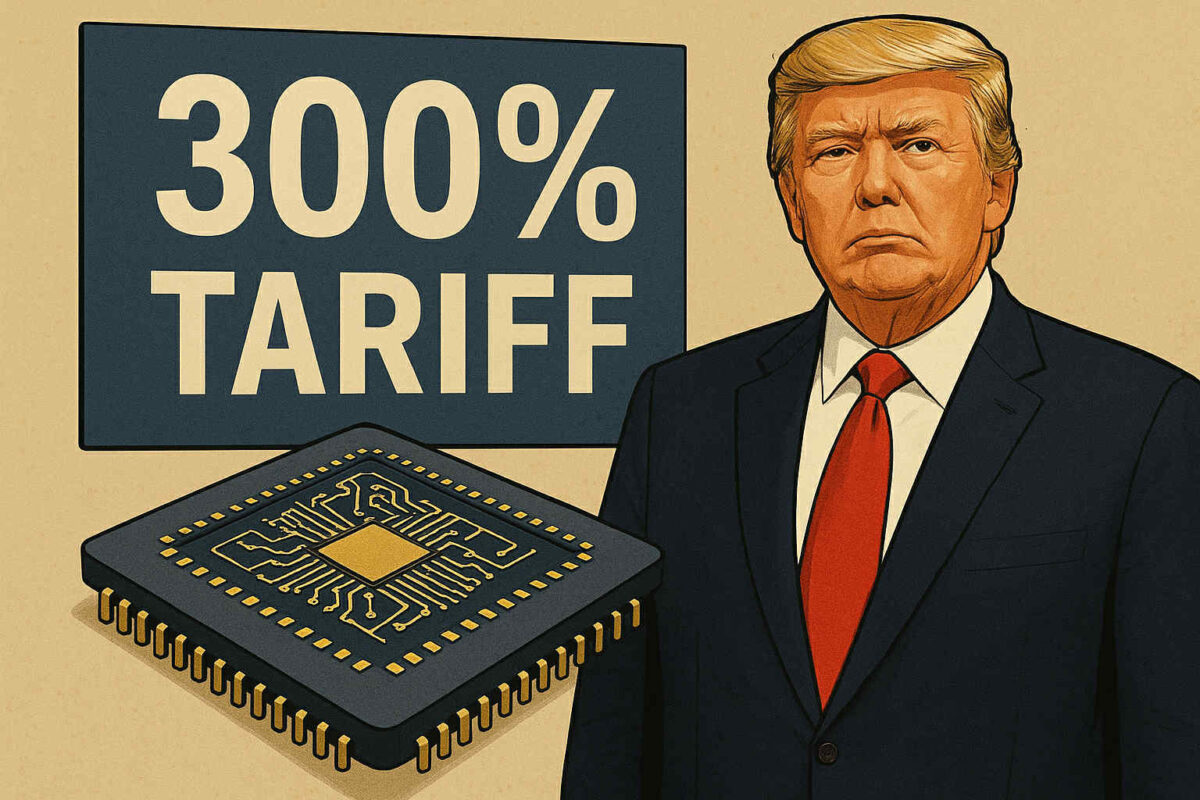President Donald Trump escalated his economic agenda by announcing sweeping tariffs on semiconductor imports, with some rates projected to reach as high as 300 percent. The move, framed as an attempt to secure domestic supply chains and revive American manufacturing, has sent shockwaves through the global technology industry. Semiconductors are the backbone of modern economies, powering everything from smartphones and electric vehicles to defense systems and artificial intelligence. By targeting this critical sector, Trump is not only reshaping trade policy but also testing the resilience of international markets.

Trump’s argument rests on a long-standing claim: that foreign manufacturers, particularly those based in Asia, have an unfair advantage over U.S. firms due to lower labor costs, government subsidies, and weaker regulatory standards. By imposing tariffs, he aims to pressure companies to relocate production back to American soil, creating jobs and reducing dependency on overseas suppliers. In theory, the policy could stimulate investment in domestic semiconductor plants, aligning with recent government initiatives such as the CHIPS and Science Act.
However, industry experts warn that the consequences could be severe. The global semiconductor supply chain is deeply interconnected, spanning design firms in the United States, fabrication plants in Taiwan and South Korea, and raw material suppliers across multiple continents. Tariffs that disrupt this flow risk raising costs for American companies that rely on imported chips to build consumer electronics, automobiles, and defense technologies. Higher costs are likely to be passed on to consumers, fueling inflation at a time when households are already grappling with rising living expenses.

nternationally, the policy has sparked concern among allies and competitors alike. Asian chip giants, including Taiwan Semiconductor Manufacturing Company (TSMC) and South Korea’s Samsung, may face a significant decline in exports to the U.S., prompting them


